Few compact SUVs have managed to strike a balance between performance, practicality, and fuel efficiency like the Toyota RAV4. As consumer demand shifts toward eco-friendly and budget-conscious driving, the RAV4—particularly the hybrid variant—has cemented itself as one of the best choices in the market.
But how do you maximize RAV4 hybrid fuel consumption and get the most out of your Toyota RAV4 hybrid miles per gallon? That's where this article comes in; we’ll break down everything you need to know about RAV4 mpg, RAV4 gas mileage, and expert tips to boost your Toyota RAV4 mileage beyond what most owners achieve.
Whether you drive a gas-powered, hybrid, or the new 2025 Toyota RAV4 fuel efficiency model, this comprehensive breakdown will reveal hidden strategies, technical details, and industry insights that most drivers—and even dealerships—won’t tell you.
The Real-World Numbers: RAV4 Gas Mileage vs. Hybrid Mileage

On paper, Toyota provides EPA ratings, but real-world results often differ depending on driving habits, terrain, and maintenance.
- Gas-Powered 2025 Toyota RAV4 MPG
- City: 27 mpg
- Highway: 35 mpg
- Combined: ~30 mpg
- These figures are consistent across most front-wheel drive trims. All-wheel drive versions dip slightly in highway and combined ratings
- 2025 RAV4 Hybrid Miles Per Gallon
- City: 41 mpg
- Highway: 38 mpg
- Combined: 40 mpg
- Most trims hit the same 41/38/40 mpg as in 2024, though the Woodland Edition is slightly lower at 38/35/37 mpg
That’s a massive jump when you look at RAV4 hybrid gas mileage compared to the standard model. So, the hybrid version is favored by urban drivers who benefit most from regenerative braking. For drivers curious about RAV4 hybrid mileage longevity, many owners report that even after 100,000 miles, fuel economy only drops by 1–2 mpg if the vehicle is well maintained.
Why the Hybrid’s Fuel Economy Outperforms Expectations
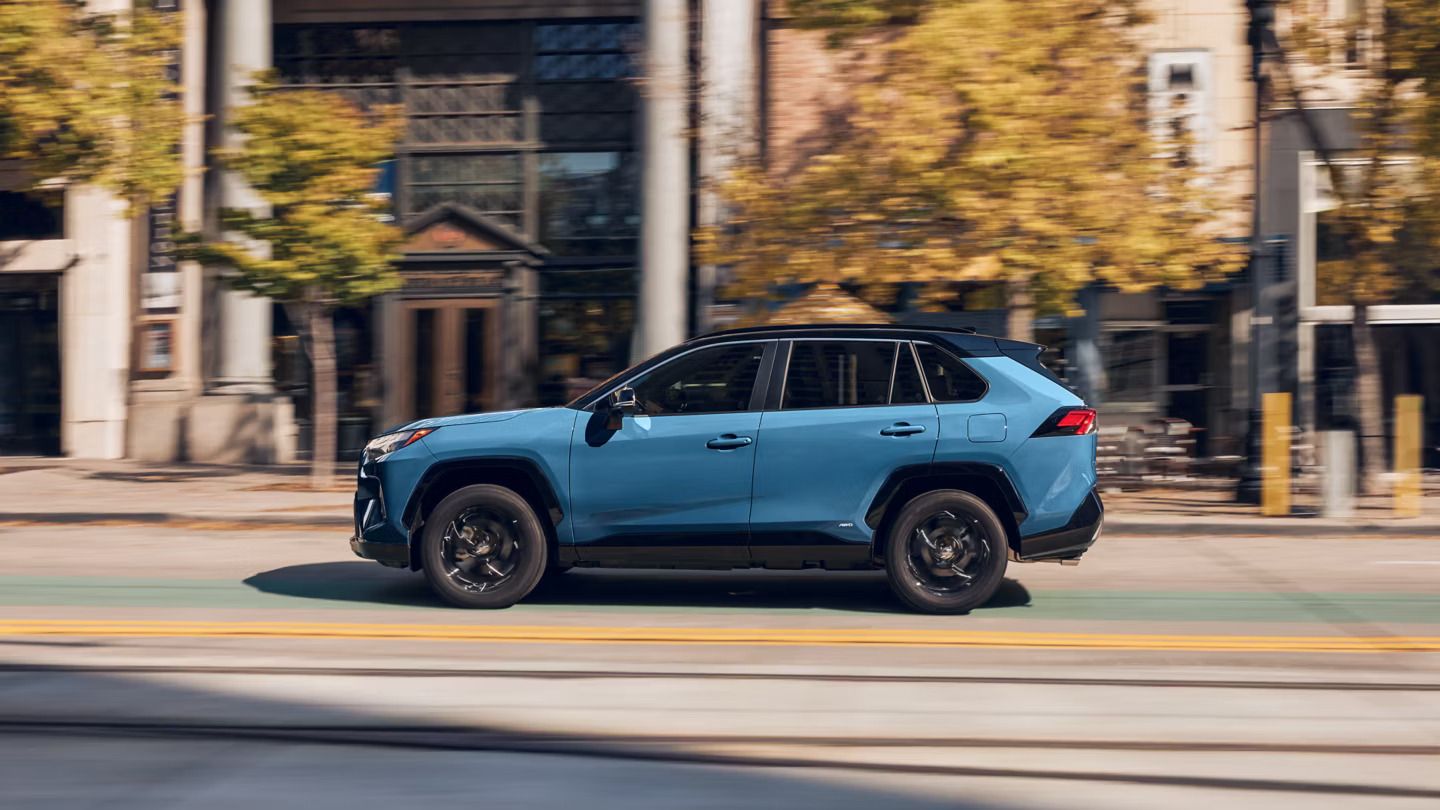
Most people understand that hybrids save gas by combining electric motors with a gasoline engine. But the Toyota RAV4 hybrid fuel economy secret goes deeper:
- Atkinson-Cycle Engine: Unlike the standard Otto cycle, Toyota uses an Atkinson-cycle engine in the hybrid, which keeps intake valves open longer, reducing pumping losses and improving efficiency.
- Regenerative Braking: Every time you slow down, energy is recaptured and stored in the battery, cutting down reliance on the gasoline engine.
- Electronic Continuously Variable Transmission (eCVT): The eCVT in the RAV4 Hybrid optimizes power delivery far more efficiently than a traditional automatic transmission.
These engineering decisions explain why the fuel economy of 2025 Toyota RAV4 hybrid variants often exceeds EPA ratings when driven smartly.
Driving Techniques to Maximize Toyota RAV4 Mileage
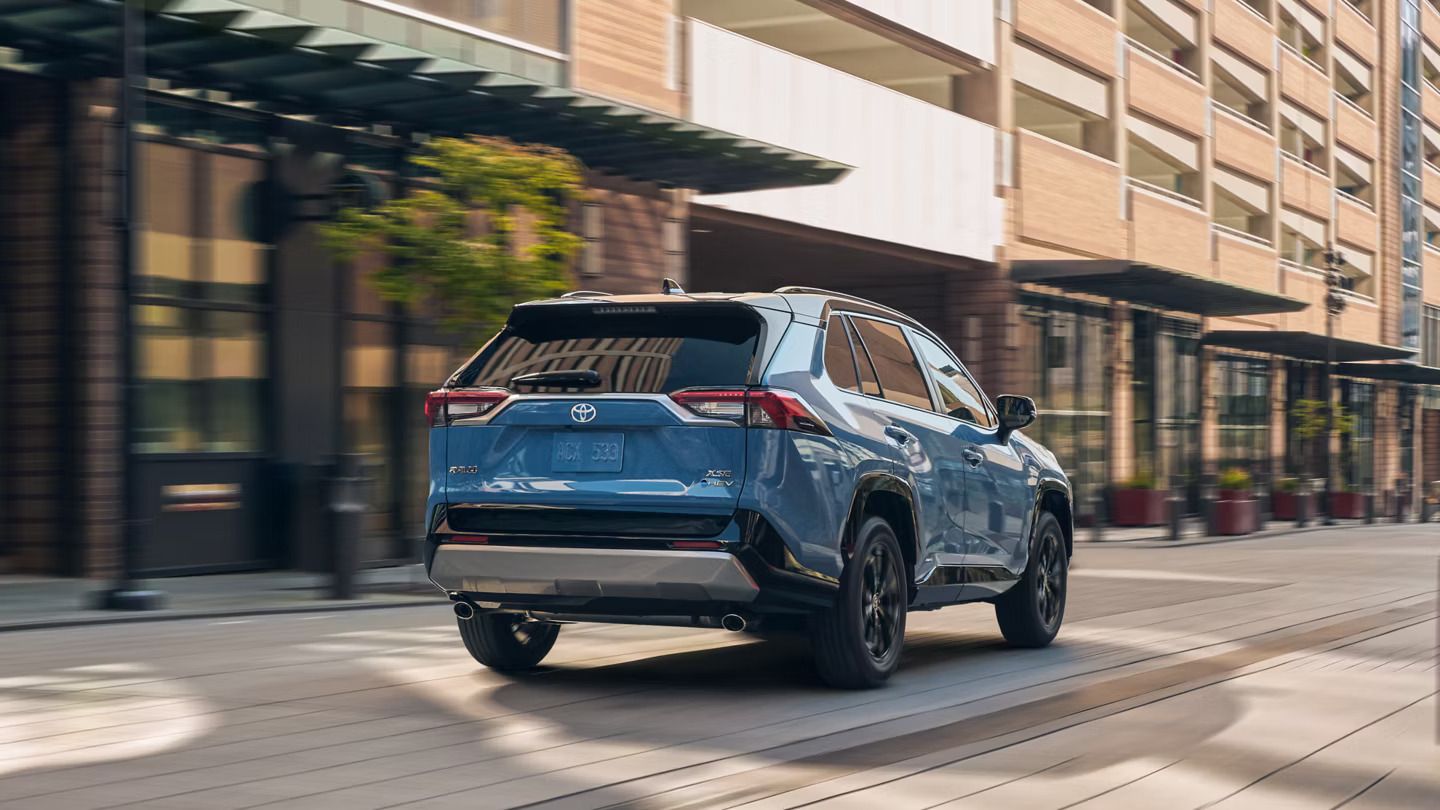
Even if you own the standard gas model, you can apply these strategies to boost your RAV4 gas mileage. For hybrid owners, the benefits are even more significant.
- Pulse and Glide Method
Hybrid drivers can use this technique by accelerating moderately to reach desired speed, then easing off the throttle to allow the electric motor to maintain momentum. This can push RAV4 hybrid fuel consumption lower than 38 mpg on highways. - Brake Early and Lightly
Regenerative braking captures more energy when you decelerate gradually. Slamming the brakes wastes kinetic energy that could otherwise recharge the hybrid battery. - Optimize EV Mode
The RAV4 Hybrid automatically switches between electric and gas, but savvy drivers use EV mode for short distances, such as parking lots or traffic jams, where fuel economy gains add up over time. - Eco Driving Mode
While many owners ignore drive modes, using Eco mode alters throttle response and AC usage, helping extend Toyota RAV4 hybrid fuel efficiency without hurting comfort significantly. - Mind Your Tire Pressure
Underinflated tires increase rolling resistance, cutting down RAV4 mpg by as much as 2–3 mpg. Always check before long trips.
Fuel Efficiency in Different Trims and Years
Not all RAV4s are created equal.

- Toyota RAV4 Gas Mileage vs. RAV4 Hybrid Miles Per Gallon
The hybrid outshines the base model, but even within trims, factors like AWD vs. FWD can influence results. All-wheel-drive models typically lose 1–2 mpg compared to front-wheel-drive versions. - 2025 Toyota RAV4 Fuel Efficiency Expectations
Even before Toyota released official numbers, industry insiders estimated the 2025 Toyota RAV4 fuel efficiency will improve slightly thanks to software tuning and possibly a larger hybrid battery pack. Early speculation hinted at up to 42 mpg combined for hybrid trims. - Prime Plug-in Hybrid
The RAV4 Prime achieves an astounding 94 MPGe (miles per gallon equivalent) when driving in EV mode, a figure that often goes unnoticed because most buyers focus on hybrid-only stats.
What's Secretly Hurt RAV4 Hybrid Fuel Economy?
If you’ve noticed your RAV4 hybrid gas mileage dropping, these hidden culprits might be to blame:
- Roof Racks and Cargo Boxes
Aerodynamic drag can lower RAV4 mpg hybrid results by as much as 10%. Removing them when not in use can save you hundreds of dollars in fuel annually. - Short Trips
Hybrids shine in stop-and-go driving, but very short trips don’t allow the engine and hybrid system to reach optimal temperature, reducing efficiency. - Winter Conditions
Cold weather thickens oil, lowers battery performance, and forces more gasoline usage for heating, leading to a temporary 10–15% dip in Toyota RAV4 hybrid fuel economy. - Neglected Maintenance
Dirty air filters, old spark plugs, and low hybrid battery health all hurt efficiency. Regular check-ups are key to keeping Toyota RAV4 hybrid fuel efficiency consistent.
Advanced Tips from Hybrid Enthusiasts
Dedicated hybrid owners have tested unique methods to squeeze every last drop of fuel efficiency:
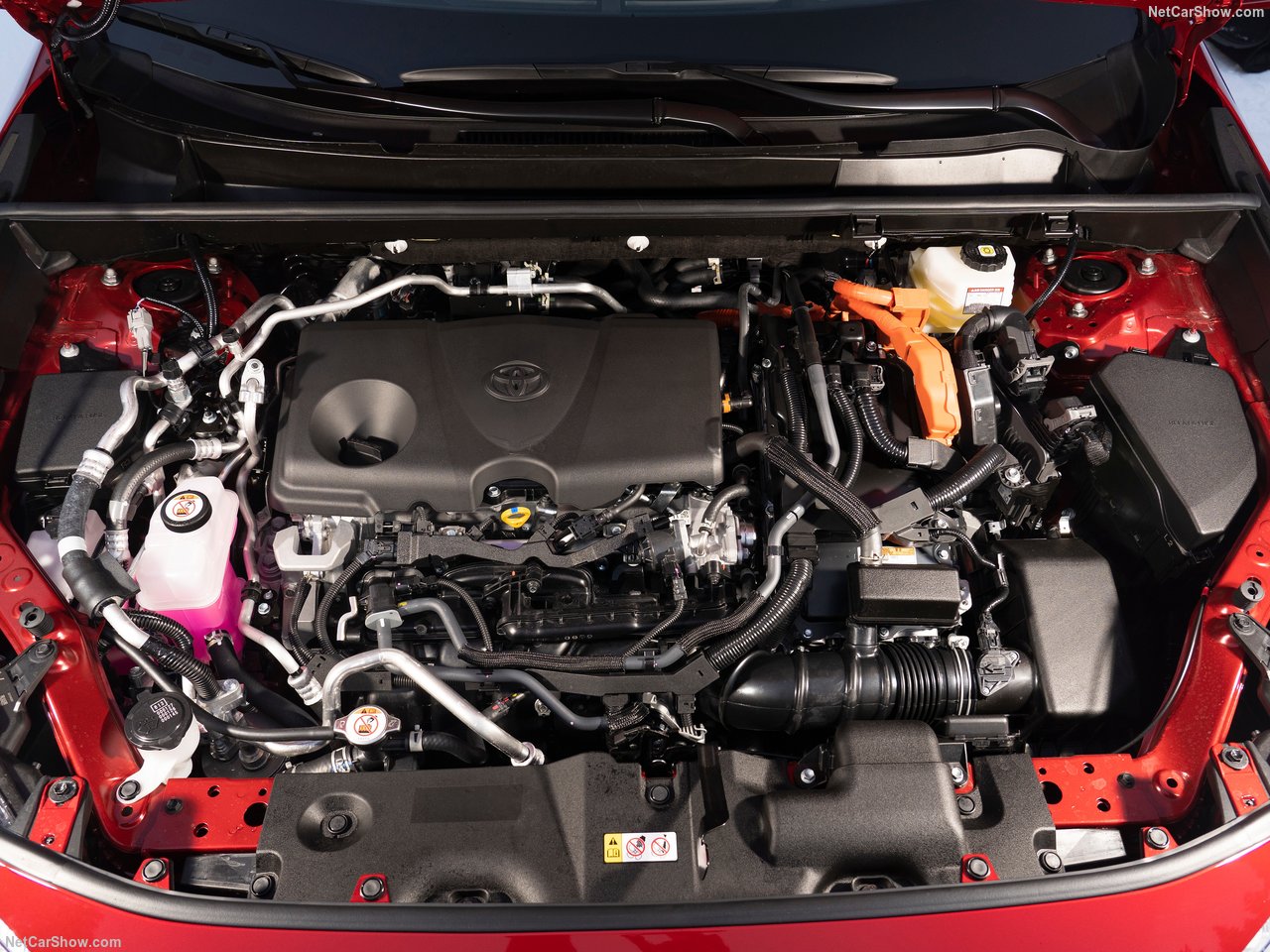
- Grille Blocking in Winter
By partially covering the grille with removable inserts, the engine warms up faster, improving RAV4 hybrid fuel economy in cold months. - Low-Resistance Tires
Upgrading to eco tires reduces rolling resistance, increasing RAV4 hybrid mileage by 1–2 mpg on highways. - Battery Conditioning
For older RAV4 Hybrids, periodically conditioning the battery pack helps maintain peak performance, extending both longevity and efficiency.
Comparing the RAV4 Hybrid with Competitors
While Toyota leads the pack in hybrid SUV sales, how does its efficiency stack up?
- Honda CR-V Hybrid: 40 mpg combined (similar to RAV4 Hybrid).
- Ford Escape Hybrid: 39 mpg combined.
- Hyundai Tucson Hybrid: 38 mpg combined.
The difference lies in consistency. Toyota’s hybrid system tends to maintain its RAV4 hybrid fuel consumption efficiency longer over high mileage, while some competitors experience steeper declines after 60,000 miles.
The Long-Term Value of RAV4 Hybrid Fuel Efficiency
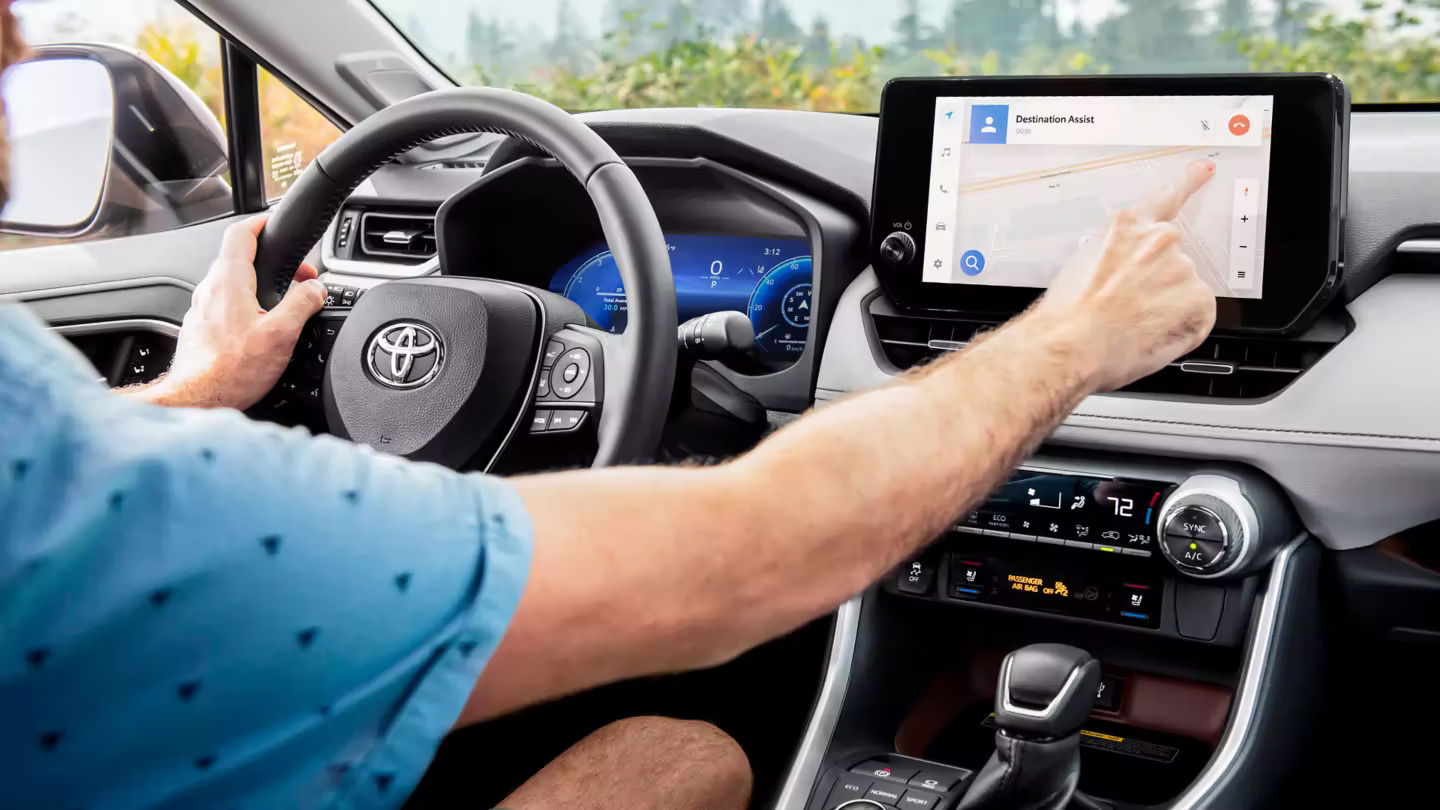
Fuel economy isn’t just about saving money at the pump—it impacts resale value. According to industry data, vehicles with superior Toyota RAV4 hybrid fuel efficiency hold value better because buyers know operating costs are lower.
- Over 100,000 miles, a RAV4 Hybrid can save upwards of $3,500 in fuel compared to a standard RAV4.
- Even when hybrid batteries need replacing (typically after 150,000–200,000 miles), savings often outweigh the cost.
This means Toyota RAV4 mpg figures don’t just matter now—they future-proof your investment.
What to Expect in the 2026 Toyota RAV4 Fuel Efficiency Evolution
The 2026 Toyota RAV4 marks a pivotal shift in fuel efficiency, as Toyota eliminates traditional gas-only models in favor of hybrid and plug-in hybrid (PHEV) powertrains. Expect improved mileage, with hybrids likely maintaining around 39–40 mpg combined, while PHEVs offer up to 50 miles of electric-only range.
This evolution reflects Toyota’s broader electrification strategy, blending performance with eco-conscious design. New trims like the GR Sport and Woodland Edition add variety, while enhanced software and charging capabilities make the RAV4 more versatile than ever.
Practical Checklist for Maximizing Your RAV4 Fuel Economy
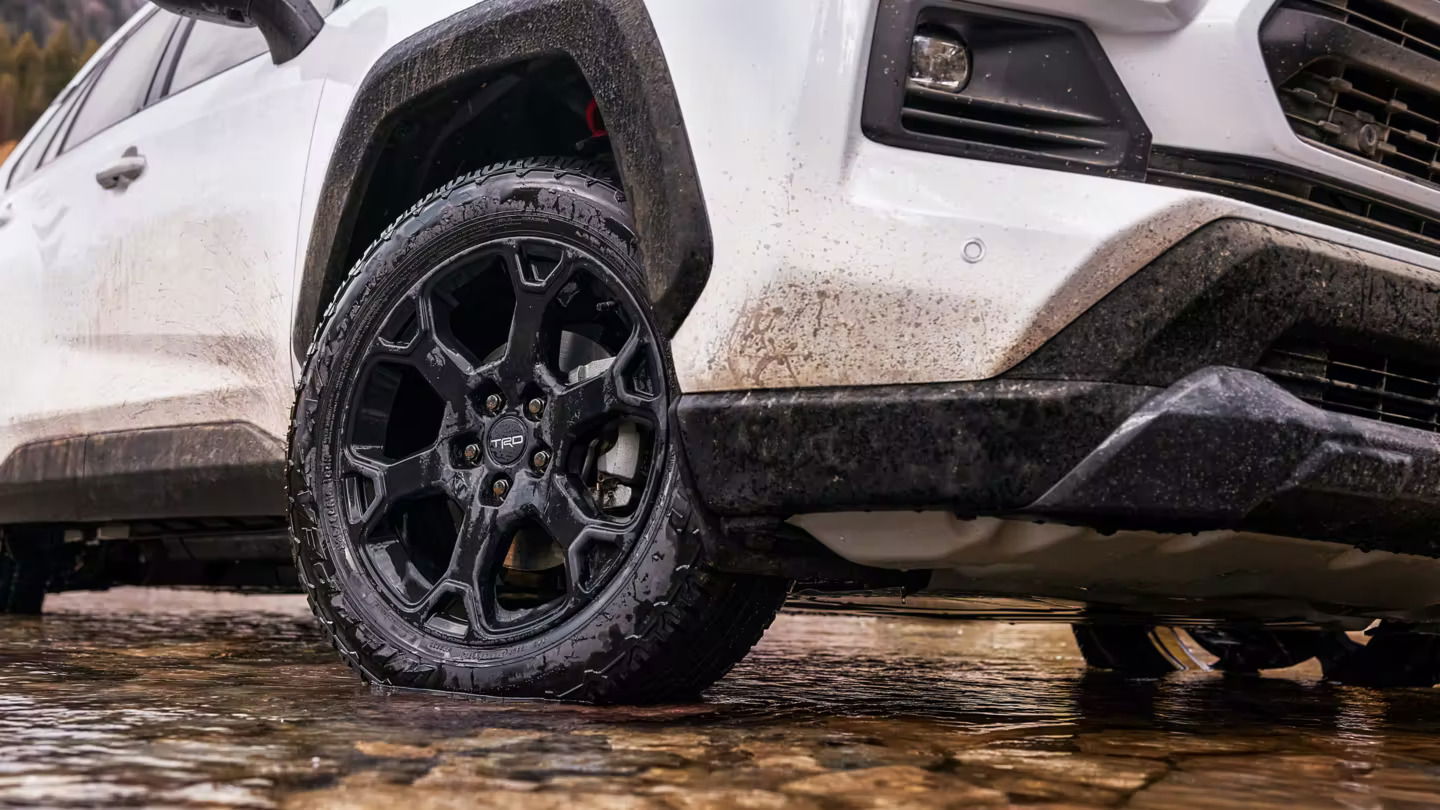
To wrap things up, here’s a simple checklist to ensure your RAV4 mpg stays at peak levels:
- ✅ Maintain proper tire pressure.
- ✅ Use Eco or EV mode strategically.
- ✅ Remove excess cargo and roof racks.
- ✅ Follow Toyota’s maintenance schedule.
- ✅ Warm up gradually in winter instead of idling.
- ✅ Use regenerative braking effectively.
- ✅ Monitor fuel usage with onboard trip meters.
Final Thoughts
The Toyota RAV4 Hybrid offers one of the best fuel efficiency ratings in its class—up to 40 mpg combined—translating into significant long-term savings on fuel compared to rivals like the Mazda CX-50 and Ford Escape, which average closer to 30–37 mpg. Its competitive MSRP and strong resale value further reduce total ownership costs.
While the Honda CR-V Hybrid matches RAV4’s efficiency, Toyota’s reliability and lower maintenance costs give it an edge over time. The RAV4 Prime, though pricier upfront, offers even greater fuel savings with electric-only range. Overall, the RAV4 balances efficiency, affordability, and durability better than most competitors.